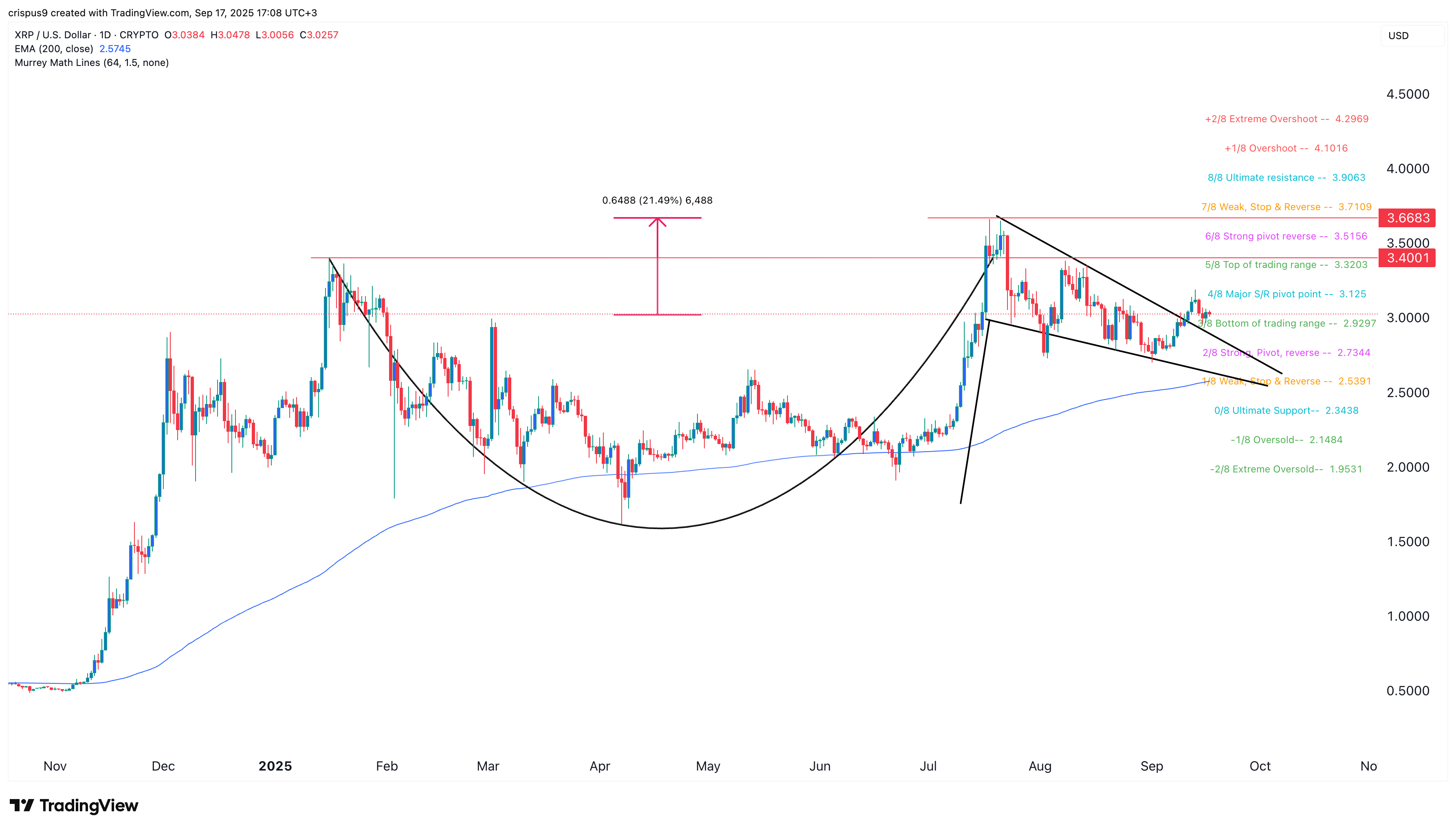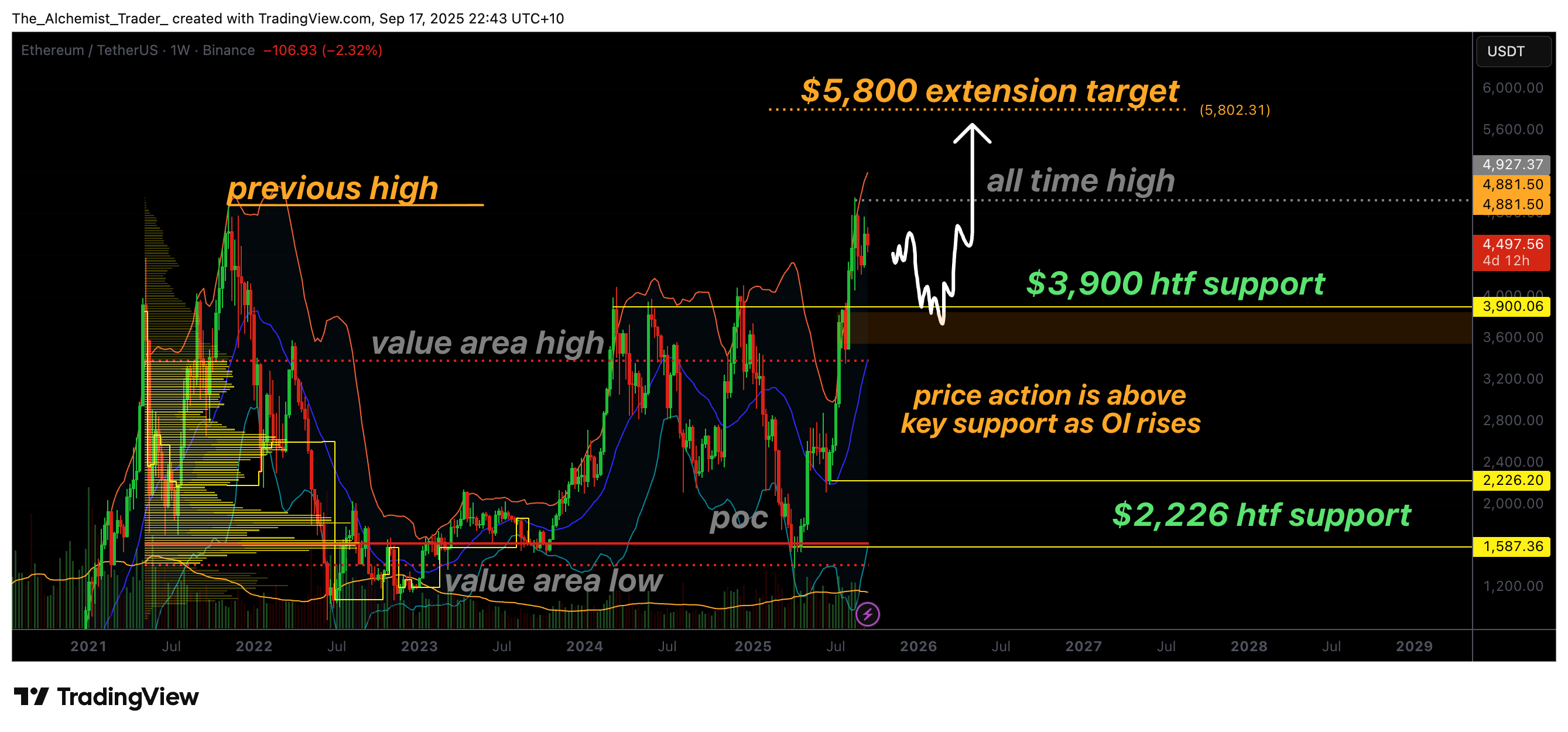As OpenAI targets $174B by 2030, rivals, lawsuits, and infrastructure strain loom large

Is OpenAI building the next internet-scale company, or is its $174 billion forecast facing pressure from rivals who’ve opted for openness and speed over vertical integration?
OpenAI’s $174 billion vision for 2030
In an industry where bold bets often blur the line between foresight and fantasy, OpenAI’s internal projections for the next five years are ambitious even by Silicon Valley standards.
According to The Information, the company behind ChatGPT has informed investors that it expects to generate $125 billion in revenue in 2029 and $174 billion in 2030. These figures would place it in the same revenue orbit as current tech heavyweights such as Nvidia or Meta.
OpenAI’s near-term growth plans are equally aggressive. For 2025, the company expects to more than triple its revenue to $12.7 billion, rising from an estimated $3.7 billion in 2024.
In 2026, the figure could reach close to $30 billion as newer artificial intelligence products start to take on a larger share of revenue.
Of the projected 2029 total, approximately $25 billion is expected to come from offerings that have not yet been publicly disclosed. This points to OpenAI’s belief that its future lies in a broader set of use-cases beyond today’s chatbot-centered applications.
However, such rapid scaling does not come without significant cost. OpenAI’s annual losses are projected to rise to $14 billion in 2026. Between 2023 and 2028, the company is expected to post cumulative losses of around $44 billion.
The largest expense is compute. Training large language models and running inference at scale requires enormous processing power, with 60 to 80% of OpenAI’s costs reportedly allocated toward GPU rentals from providers such as Microsoft Azure and CoreWeave.
Talent is another major cost driver. Headcount-related expenses are expected to jump from $700 million in 2024 to around $2 billion in 2025.
While OpenAI’s topline vision evokes comparisons to the birth of a second internet, the company does not expect to turn cash-flow positive until 2029.
The global AI race heats up
As of February 2025, ChatGPT had reached 400 million weekly users. However, a growing number of competitors are scaling rapidly, each with a distinct approach aimed at closing the gap.
Google has committed $75 billion toward AI in 2025, with its next-generation Gemini 2.5 model scheduled to launch mid-year.
Built on real-world data collected from Search and YouTube, Gemini is being designed to compete with GPT-4o not only in terms of raw performance but also through integration across Google’s broader product ecosystem.
Meta has taken a different path, focused on openness and accessibility. Its Llama models are available under a permissive open-source license, offering free alternatives to OpenAI’s paid services. This strategy gives developers greater freedom to build and modify AI tools without relying on commercial APIs.
Smaller but fast-growing players such as Anthropic and Perplexity are also gaining traction.
Anthropic’s flagship model, Claude, appeals to users who require extended context capabilities. It supports up to 100,000 tokens in a single session, far surpassing ChatGPT’s 4,000-token capacity.
Meanwhile, Perplexity has carved out a space with tools built for users who prioritize real-time search and information synthesis.
AI development is also accelerating in China, where companies like DeepSeek have started releasing open-source models that match the performance of established Western systems.
Developers on X have described DeepSeek’s latest release as comparable to OpenAI’s o1-class models, but available at significantly lower costs.
OpenAI is adapting its strategy in response. The newly released o3 and o4-mini models represent its most advanced reasoning systems to date. These models are designed to serve as foundational components for future AI agents with greater problem-solving capabilities.
On Apr. 14, CFO Sarah Friar confirmed that OpenAI is now building tools capable of performing entire software engineering workflows, not just providing assistance.
The company is also investing in infrastructure, including its own data center initiatives, signaling a long-term strategy that extends beyond model development.
CEO Sam Altman stated on Apr. 11 that OpenAI systems currently serve approximately 800 million people, about 10% of the global population.
Musk, Microsoft, and a mountain of legal risk
As OpenAI prepares to transition from its current capped-profit structure to a for-profit public benefit corporation in 2025, it faces one of the most consequential shifts in its history.
The proposed change requires approval from Microsoft, which has invested close to $14 billion in the company, along with clearance from California’s attorney general. However, the process is already facing headwinds from legal disputes and investor uncertainty.
One major hurdle is the ongoing lawsuit filed by Elon Musk. The case accuses OpenAI of deviating from its original nonprofit mission to serve humanity and has brought increased scrutiny to the company’s restructuring plans.
If the legal proceedings lead to disruptions or delays, the financial consequences could be immediate. In April 2025, CNBC reported that SoftBank’s commitment to OpenAI’s planned $40 billion funding round could shrink from $30 billion to $20 billion if the company’s restructuring falters.
According to earlier reporting by the Wall Street Journal, the total round would drop to $30 billion, with Microsoft and other investors maintaining their $10 billion stake.
The complications are not just legal or financial. OpenAI’s nonprofit status has long shaped its public image, positioning the company as a champion of ethical AI deployment rather than aggressive monetization.
A move toward a traditional for-profit model could weaken that perception. Plans to raise the price of ChatGPT to $44 per month by 2029 risk alienating users who were initially drawn to the platform’s accessibility and mission-driven ethos.
Beneath the surface, the financial structure of OpenAI’s operations is already layered and complex. Microsoft takes a 20% share of the company’s revenue under current agreements. While the partnership has been foundational, recent moves suggest a possible divergence in strategy.
Microsoft is reportedly testing models from xAI and expanding its proprietary AI stack, while OpenAI has begun exploring new partnerships with AWS and Oracle, according to Apr. 2025 developer discussions on X.
The outcome of this transition may shape how OpenAI is perceived across the technology and investment ecosystem. It also carries weight in determining whether the company can meet its ambitious 2029 revenue targets or risks falling short under the weight of strategic and structural friction.




